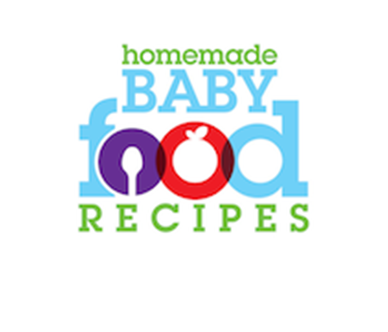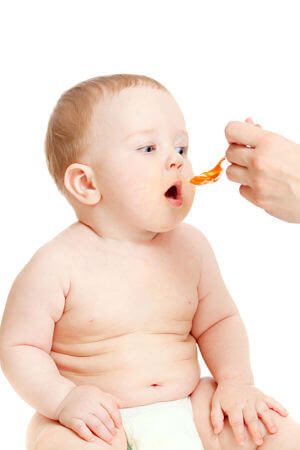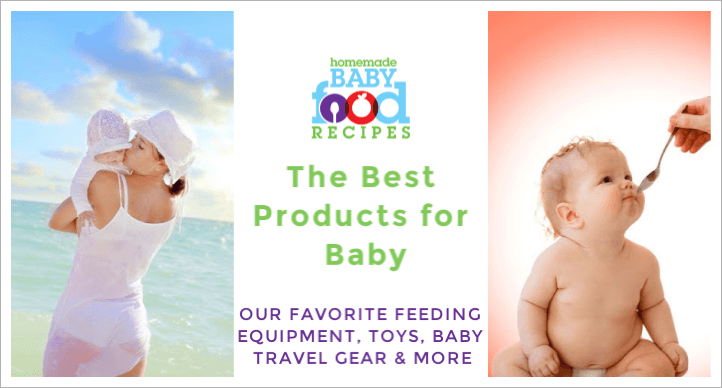Introducing Chicken to Baby
Updated: Nov 17, 2023
It may come as no surprise to learn that chicken is THE most popular form of poultry eaten across the world.
But what you may not realize is that – properly prepared – chicken is very nutritious and may be a healthier choice than red meat in later life.
When can my baby eat chicken?
Traditionally, parents have been advised to introduce poultry and other types of meat after veggies and fruits – typically, at around 7 months of age.
However, new research has suggested that there may be advantages in introducing meat to baby earlier than this – perhaps even as a first food.
Read more in our article – When to Introduce Meat to Baby.
Chicken for baby - nutrition facts
Chicken is an excellent source of protein.
In adulthood, just 4 oz of chicken provides a whopping 67.6% of your daily protein requirement.
It is also a very good source of niacin and phosphorus (which help release the energy from protein, fats and carbohydrates during the process of metabolism), vitamin B6 and selenium, a powerful antioxidant.
But what sets chicken apart from other meats is the the fact that it contains less fat.
In addition, the fat it DOES contain is less saturated (and, as we know, saturated fats are the UNhealthy fats that should be limited in the diet as much as possible).
Sadly, the lower-fat benefits of chicken are lost if you serve it with the skin on.
Yummy though it may be, chicken with its skin has twice as much fat as the skinless variety.
Whilst occasionally serving your little one chicken with its skin may be acceptable, in the long term it’s best to encourage your baby to enjoy skinless chicken (which can still be delicious if prepared with care!).
When introducing chicken to baby, many parents choose to cook the breast – it is the leanest part of the bird and certainly the healthiest choice.
However, there is no denying that the darker meat on the drumsticks, legs and thighs has a richer flavour.
These also tend to be the juicier parts – and that’s because they have a higher fat content which melts during the cooking process, keeping the meat tender.
Our little ones have always preferred chicken baby food made with the darker meat than the breast!
Organic chicken is best…
We strongly recommend buying organic, free range chicken for use in your baby food recipes, if at all possible.
Free range chickens are allowed to roam outside and are raised without hormones or antibiotics. In addition, their feed is organically grown.
Aside from the obvious benefits of feeding your child poultry that is hormone and antibiotic free, organic chicken has a MUCH better flavour than factory-reared poultry.
We strongly recommend buying organic, free range chicken for use in your baby food recipes, if at all possible.
Free range chickens are allowed to roam outside and are raised without hormones or antibiotics.
In addition, their feed is organically grown.
Aside from the obvious benefits of feeding your child poultry that is hormone and antibiotic free, organic chicken has a MUCH better flavour than factory-reared poultry.
Chicken baby food recipes
Wondering how to cook chicken for baby? We have lots of great ideas!
Chicken is very versatile and can be cooked in a variety of ways.
- Simple methods of cooking chicken for your baby food beginner are included here.
- For babies from around 7-9 months, we have a collection of chicken baby food recipes here – and you’ll find some recipes for older babies (10 months+) here.
- Here’s a great recipe on our blog for melt-in-the-mouth Chicken Rissoles – they’re super tender and make a great chicken finger food (and a good alternative to chicken nuggets!).
- We also have some wonderful baby food recipes with chicken sent in by our readers!
And there’s no need for waste… the chicken carcass can be put to good use, too!
Here’s a recipe for homemade chicken stock
(so much healthier than commercial stocks and cubes).
And on this page we show you how to harness the curative properties of the gelatin in chicken bones, to make a broth that will help your baby on the road to recovery if he has a cold.
Avoid giving your baby chicken from the barbecue/grill.
Many experts believe that carcinogenic (cancer-causing) compounds are produced when meat is charred.
The avoidance of charred meat is not just prudent throughout childhood, but throughout adulthood too.
How to cook chicken for baby - safety tips
Something that concerns many parents when it comes to serving chicken to their babies is the risk of food poisoning.
And this is a valid concern – the improper handling and storage of chicken is one of the most common causes of food poisoning.
This is because of the presence of bacteria such as Salmonella and Campylobacter in the intestines of the birds and – thus – in the raw or undercooked flesh.
The following Chicken Safety Checklist will help you ensure that the chicken baby food you prepare will be nutritious AND safe.
- If you’re buying a whole chicken, it should be plump, not scrawny.
Beware of non-organic chickens that seem excessively plump, however – this may indicate that they were fed hormones to achieve an unnatural rate of growth. - Avoid chicken with spotted skin – it should be opaque.
- If buying frozen chicken, check to see if there is any frozen liquid in the packaging. This may mean that – at some point – the chicken thawed then froze again, making it potentially unsafe to eat.
- When purchasing fresh or frozen chicken, make sure that it spends the LEAST TIME POSSIBLE in your car.
It’s a good idea to use a cooler or cool packs to transport the chicken, then transfer it immediately to the refrigerator/freezer when you get home.
- Wrap fresh chicken well before placing it in the COLDEST PART of the refrigerator (not in the door).
Make sure that it cannot drip on to – or touch – foods on the shelves below. - Keep fresh chicken in the refrigerator for a maximum of two days.
- Thaw frozen chicken on a plate in the refrigerator, not at room temperature.
And don’t thaw chicken in the microwave unless you plan to cook it immediately. Why?
Because parts of the meat may begin to cook before other parts are completely thawed.
If the chicken is set aside for later use, bacteria may begin to multiply within it. - When preparing chicken, keep it away from other foods in order to avoid cross-contamination.
Some people even like to have a separate cutting board for chicken!
This isn’t essential – but DO be sure to wash the board, the utensils AND your hands after cutting up chicken.
- You can test the ‘done-ness’ of cooked chicken by inserting a skewer into the thickest part.
The juices should run clear, not pink.
As an extra precaution, we recommend testing the meat with a meat thermometer. A whole chicken should have an internal temperature of 180 deg F.
Chicken pieces containing a bone should have an internal temperature of 170 deg F.
Boneless pieces of chicken should have an internal temperature of 160 deg F. - You may store your prepared chicken baby food in the refrigerator for up to 24 hours.
If you do not plan to use it within 24 hours, store it in the freezer instead. - You may use thawed, previously frozen chicken in your baby food recipes, then freeze the prepared meal.
The only exception would be if you prepared a dish for your baby using previously frozen breast milk – this should NOT be re-frozen


